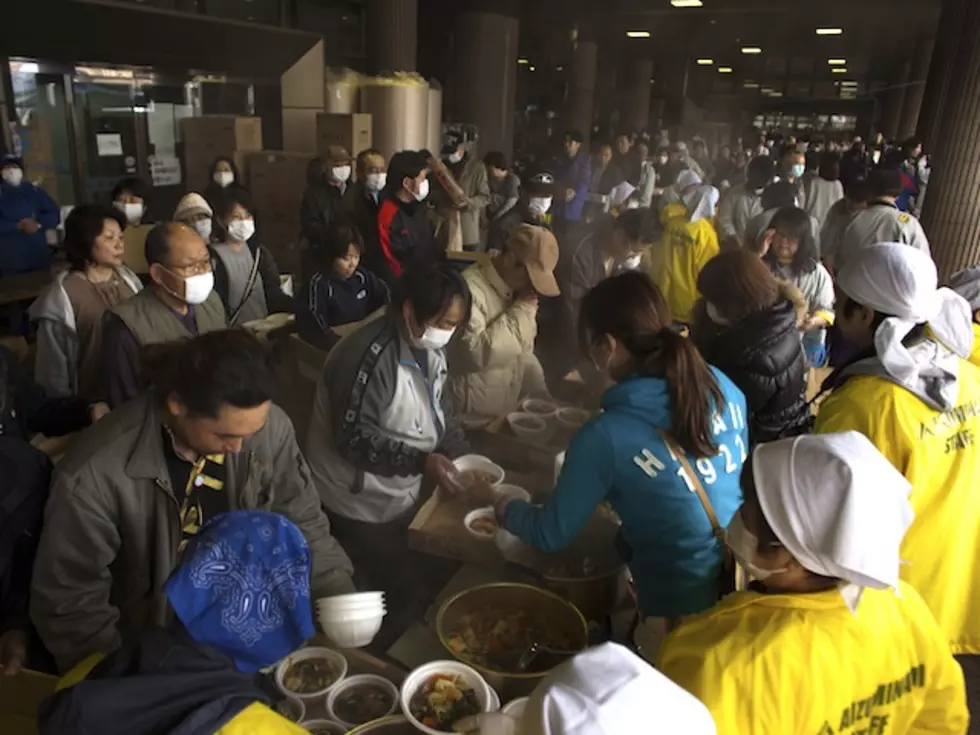
Will Radiation Near Japan’s Fukushima Daiichi Nuclear Power Plant Prevent Locals from Coming Home?
The areas surrounding the stricken Fukushima Daiichi nuclear power plant in northeastern Japan may be uninhabitable for decades. That’s the word from the Japanese government after a survey found dangerously high levels of radioactive contamination.
The facility was crippled by the March 11 earthquake and tsunami, and has been leaking radiation for five months. The situation is so dire that 80,000 residents living in a 12-mile radius of the plant have spent that entire time living in evacuation centers.
Although Tokyo has been telling these citizens that it will lift the current evacuation orders early next year, that will no longer be possible. A survey by the Ministry of Science and Education found high radiation levels at three dozen spots near the plant. The most heavily contaminated area was in the town of Okuma. If someone lived there for a year, they would be exposed to 508 millisieverts of radiation. The level of radiation the government considers safe? About 20 millesieverts per year.
In the coming days, Japan is expected to announce that many of these residents will not be allowed to return home for an indefinite period, perhaps decades. A similar action was taken in Ukraine after the 1986 accident at the Chernobyl plant.
Where will they go? A location has not yet been determined, though long-term housing may be offered. The government is also putting together a compensation plan that includes, among other things, renting or buying the evacuees’ now-uninhabitable land and using it for the storage of nuclear waste and debris.
More From Newstalk 1290





![Electric Eels Power Christmas Tree Lights at Japanese Aquarium [VIDEO]](http://townsquare.media/site/176/files/2011/12/Electric-Eels-Power-Christmas-Tree.jpg?w=980&q=75)



